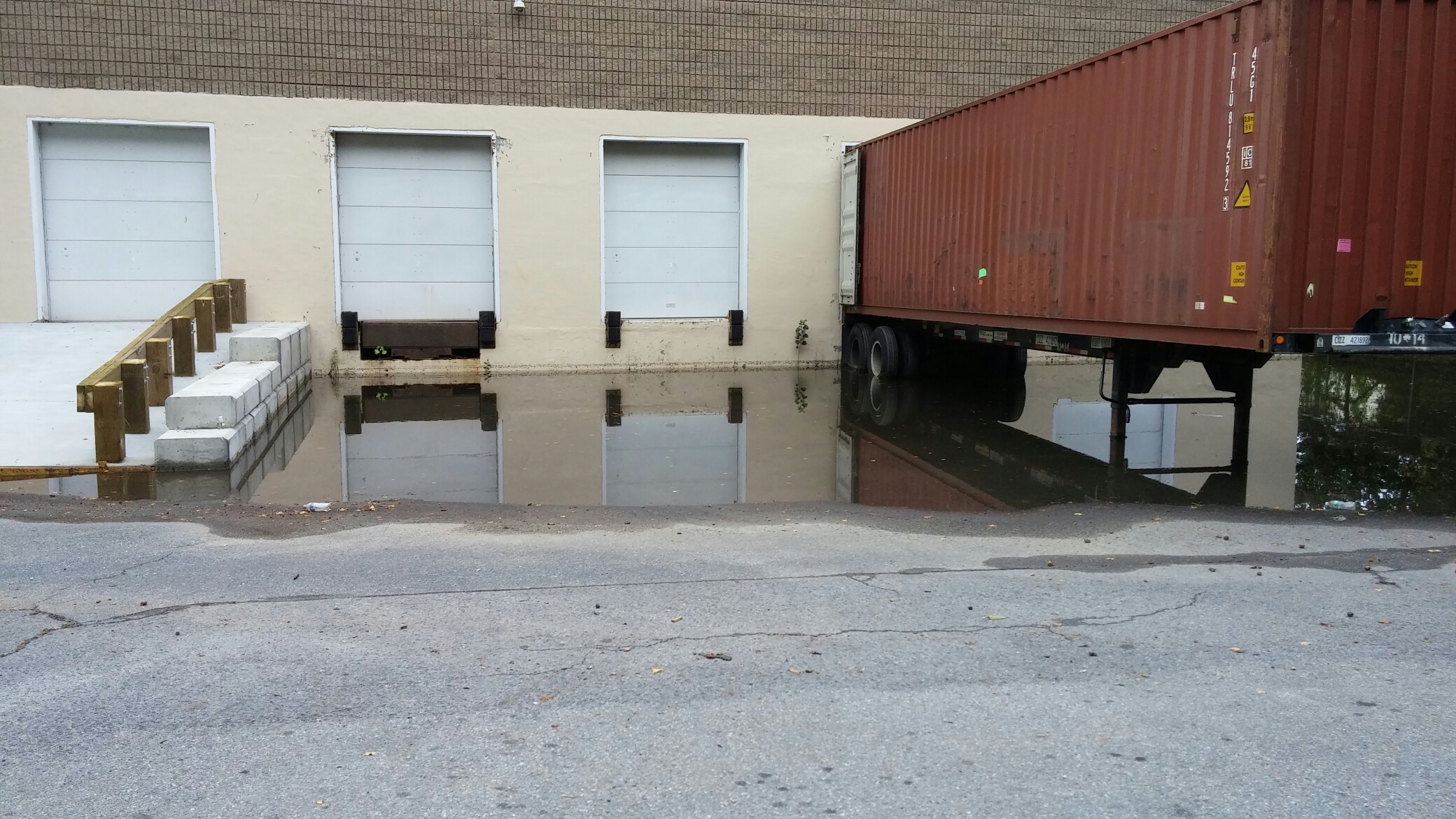
Storm water drains are used to collect and channel storm water away from buildings and to prevent soil erosion. However, these drains need to be maintained so that they are free of debris and other material and can actually collect and move water quickly away from buildings and other structures.
While most local governments are in charge of maintaining storm water drains, there are many private storm water drains on large properties and gated communities. These need to be maintained to prevent water logging that can damage the foundation of the homes and structures. This is where a fabulous and proven company comes into the fray such as VacTone.
Storm water drains have catch basins, debris barriers, detention ponds, wet ponds, bio filters, oil/water separator, sand filters, fencing, gates, treatment wetland, drywells, field inlets, infiltration trenches, pervious pavements, and cisterns or rainwater barrels. The actual system might have a combination of some of these elements. All of these have to be maintained, cleaned, and inspected before the storm season in your region to ensure that they are effective when heavy precipitation occurs.
Cleaning
Generally, the pervious pavements prevent debris from reaching the soil while permitting rain water to seep through. This is an effective way of recharging ground water. Most storm water drains have catch basins that collect the rain water. Before the water enters the drain system, the debris barriers prevents debris such as paper and leaves from entering the drain. However, these catch basins have to be cleaned regularly to ensure that the debris does not prevent the water from entering the drains.
Oil/Water Separator
While debris is collected by the debris barrier, the water entering the storm water drain is likely to have oil from vehicles and other pollutants mixed in it. As such most environmental regulators expect water from storm water drains to be separated from the oil and other pollutants before being allowed to recharge ground water, let into streams and rivers, or reused by being stored in cisterns and rain barrels.
The oil/water separator is a storage tank for the storm water where the oil is allowed to float to the top and heavy debris is allowed to sink. Thus only relatively clean water is released for further processing. This oil/water separator needs to be inspected and cleaned to ensure that only water will leave it. As the oil floats to the top, the maintenance crew will pump it out so that there is sufficient space for more oil to accumulate. Similarly, the maintenance crew will use specialized pumps to remove solids from the bottom of the separator.
Treatment Wetland
The processed water is then released to the treatment wetland where it is allowed to gradually soak into the soil through various layers of filters. This ensures that only clean water reaches the water table, helping to recharge ground water while keeping the gated community or large property free of water logging.
To learn more about private storm water drains and their maintenance, please contact VacTone for more information. They know this arena and will happy to work with you on any issues you may have in front of you. They have the expertise and equipment to see the job through.
